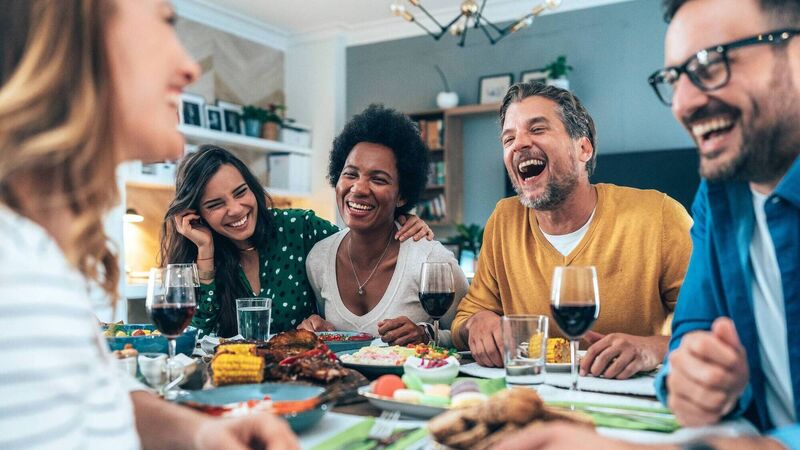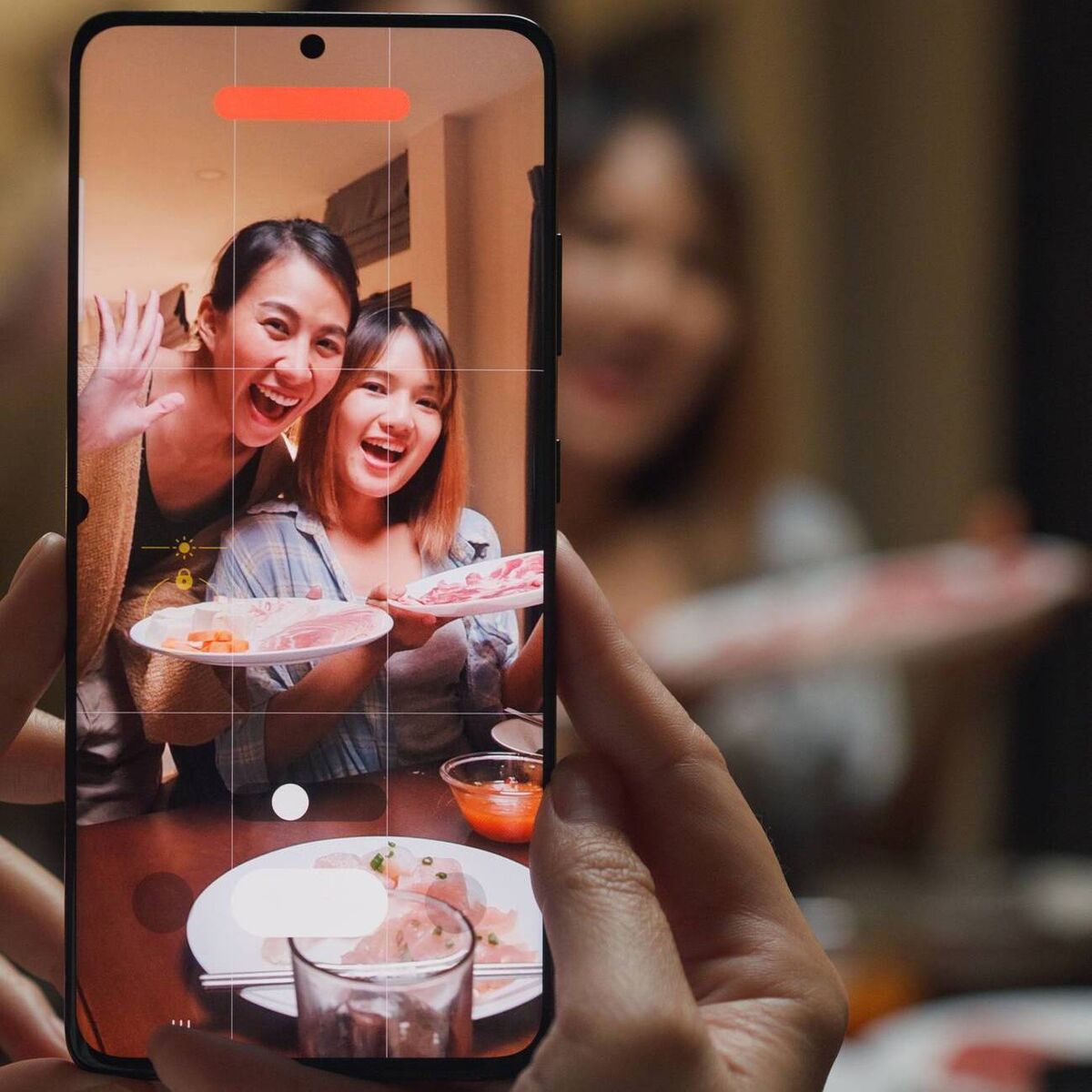Bernard O'Shea: Why did we stop having dinner parties and what is the modern equivalent?

Dinner parties were an opportunity to impress and delight guests with gastronomic creativity
Ah, the mid-20th century, when dinner parties were the epitome of social interaction. These events were planned with the precision of a military operation. Hosts would send out formal invitations well in advance, and guests would don their finest attire, ready to partake in an evening of culinary delight and stimulating conversation.
The dinner party was more than just a meal; it was a social event where hospitality, etiquette and aspiration reigned supreme.
The typical dinner party featured multiple courses, set tables, and themed decorations. Hosts took pride in their culinary creations, often experimenting with new recipes and presentation techniques. This tradition was not just about the food but also about the connection, community, and, possibly most importantly, the local gossip it fostered.
Culinary exploration was another critical factor. Hosts relished showcasing their cooking skills, inspired by cookbooks and culinary magazines. Guests enjoyed the novelty of trying new dishes, adding excitement to the evening. Cookbooks from that era were filled with elaborate and often exotic recipes, encouraging hosts to push their culinary boundaries.
From classic French cuisine to experimental fusion dishes, dinner parties were an opportunity to impress and delight guests with gastronomic creativity, even if they were slightly positioned towards the Irish palate (I’m looking at you, lasagne and chips)
So why did we stop having dinner parties? Blame it on our busy modern lifestyles.

With demanding work schedules, the convenience of casual dining and takeout further diminished the motivation to prepare elaborate meals at home.
Technology also plays a significant role. Social media and digital communication tools like WhatsApp have replaced many traditional forms of face-to-face interaction. We are more likely to connect through screens than over a shared meal, reducing the frequency of in-person gatherings.
WhatsApp groups and video calls have made it easy to stay in touch without physical meetings, contributing to the decline of the dinner party.
Cultural shifts in dining habits have further contributed to the decline. The trend towards casual and spontaneous socialising has replaced traditional dinner parties’ structured format. These alternatives are often seen as less stressful and more adaptable to modern lifestyles.
Despite the shift towards more casual and virtual forms of socialising, the essence of the dinner party can still be preserved. The key is to balance the past’s charm with the present’s convenience.
Digital dinner parties allow friends and neighbours to share meals, conversations, and laughter without the hassle of setting the table or cleaning up afterwards.
All you have to do is connect, listen, talk, and eat. But why would you do that? It all comes down to the massive health benefits of communal eating. Don’t get me wrong, I love nothing more than going for lunch on my own. I even wrote about it for this very publication a few weeks ago, however…
Research supports the benefits of communal eating. A study by the University of Oxford found that people who eat together frequently are happier and report higher levels of life satisfaction. Evening meals involve more laughter, reminiscing, and even a bit of alcohol, making people feel closer to their dining companions.
Friendships, in particular, offer significant health benefits, influencing our overall well-being and happiness. Activities often accompanying social meals, like laughter, singing, and dancing, trigger the brain’s endorphin system, enhancing social bonds.
Simply put, eating together is more than just about food.
So, while the traditional dinner party may have evolved, its essence can still be preserved and enjoyed. By embracing digital dinner parties, we can maintain the joy of communal eating, foster connections, and create memorable experiences even in our busy, tech-driven lives. After all, as George Bernard Shaw wisely said, “There is no sincerer love than the love of food.”







